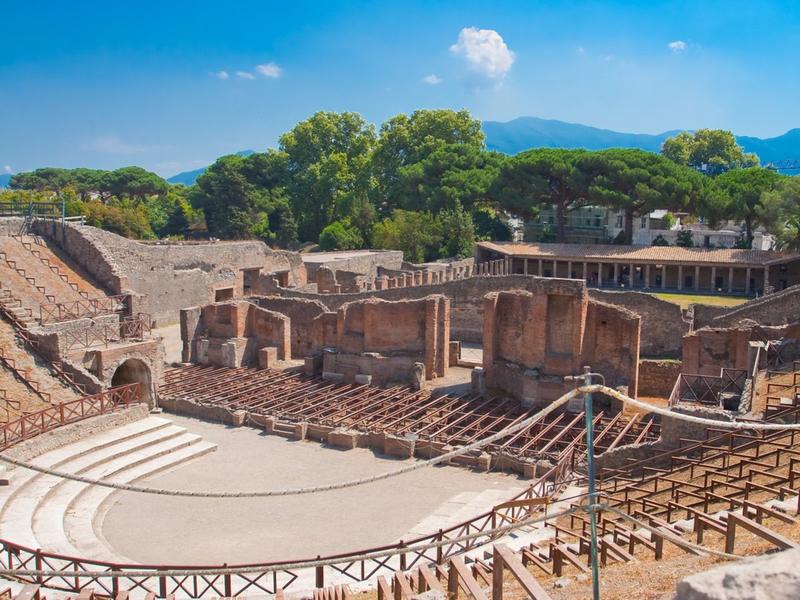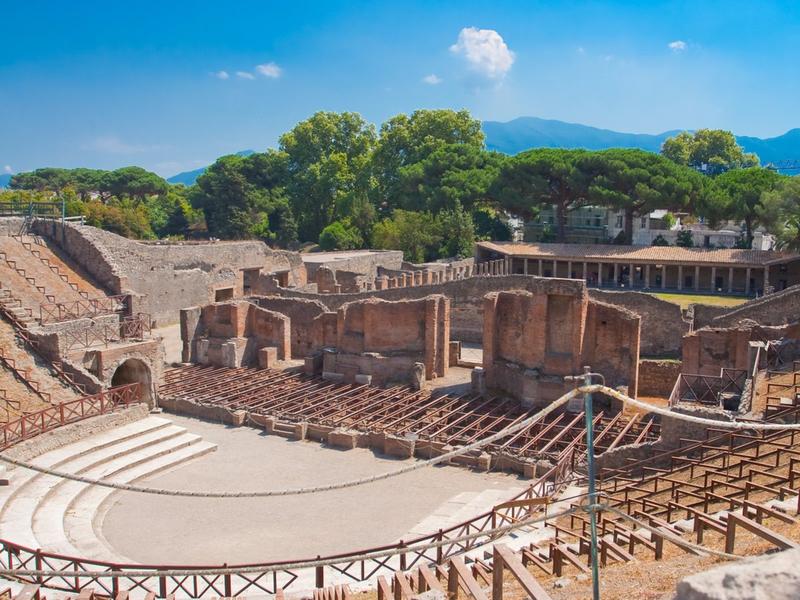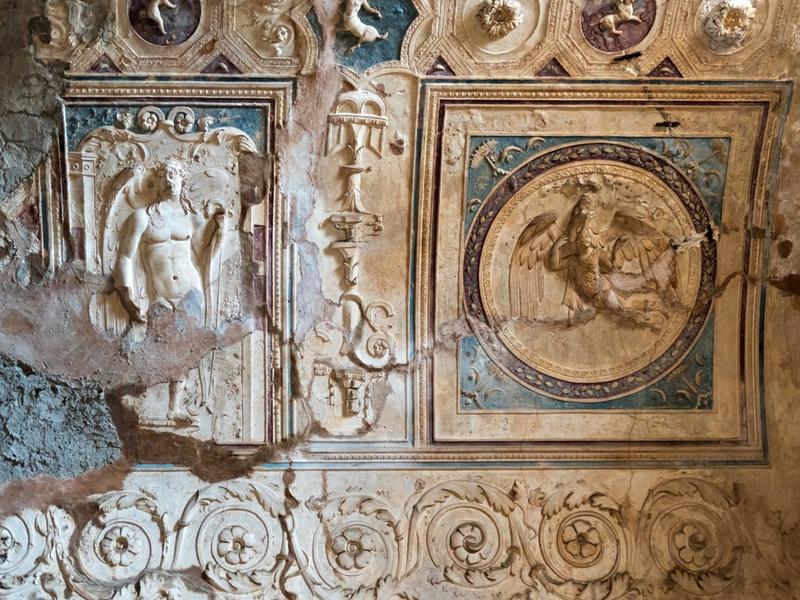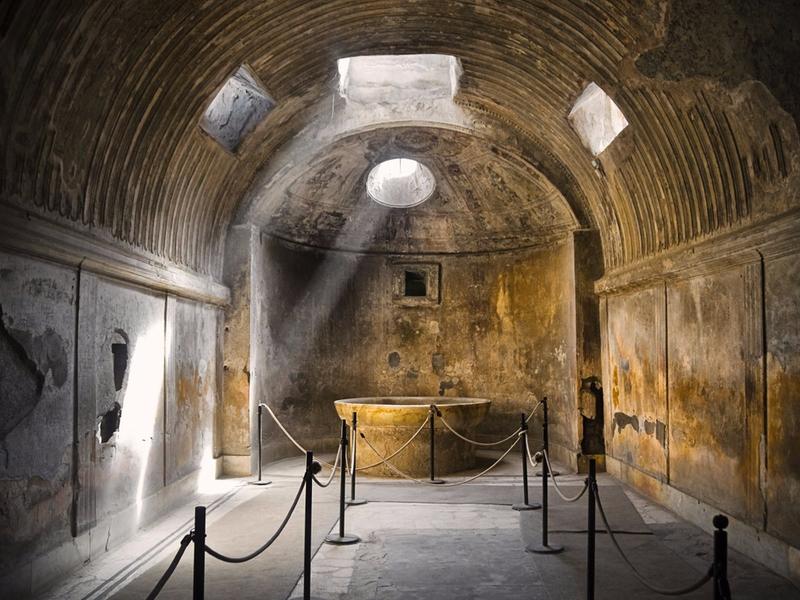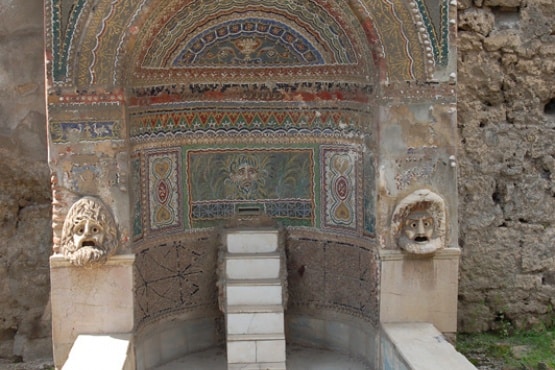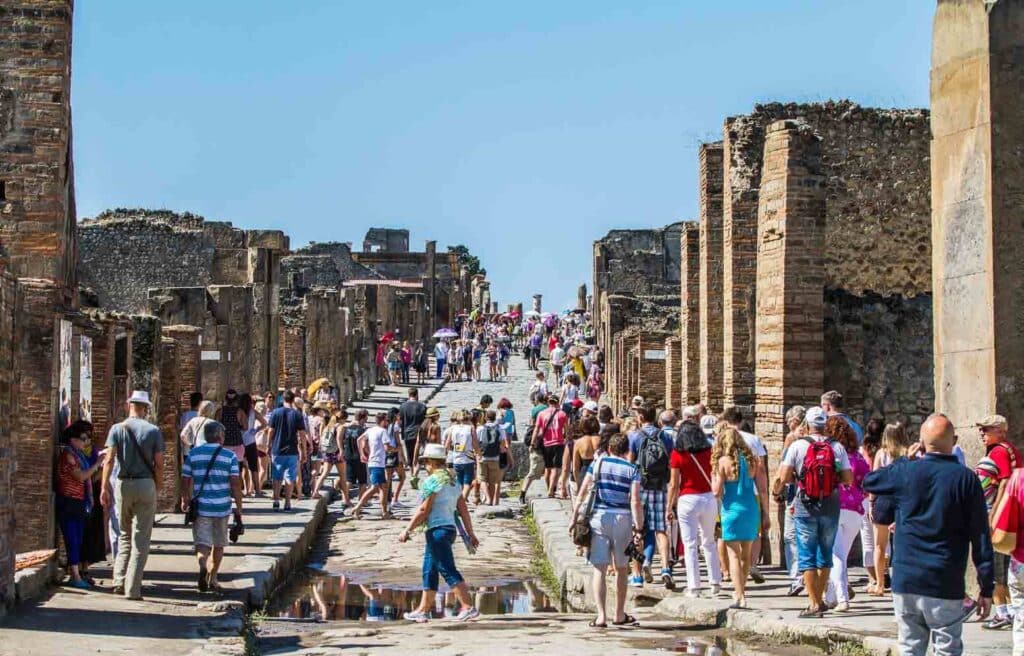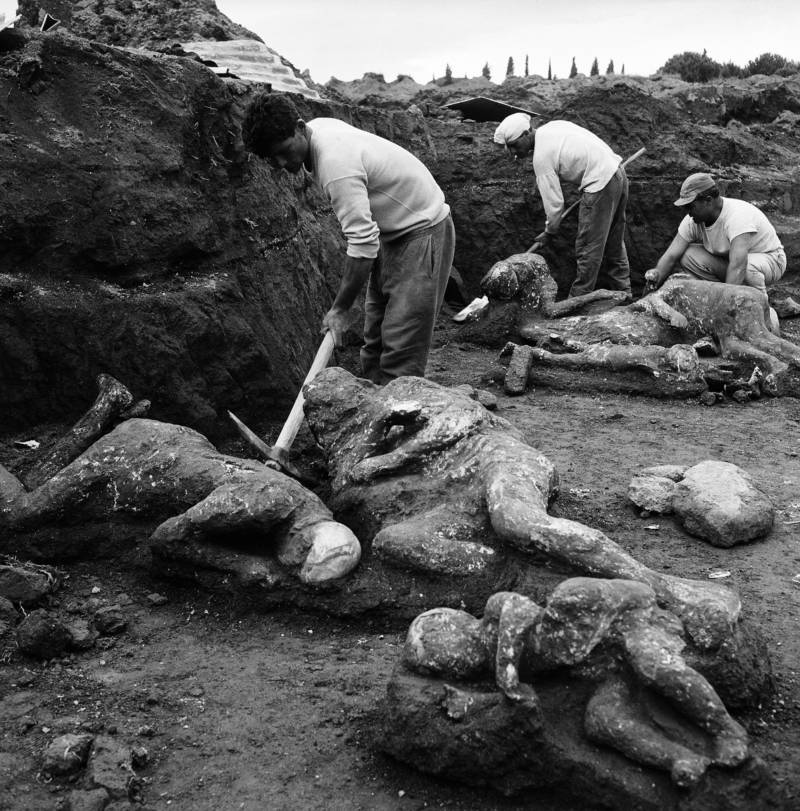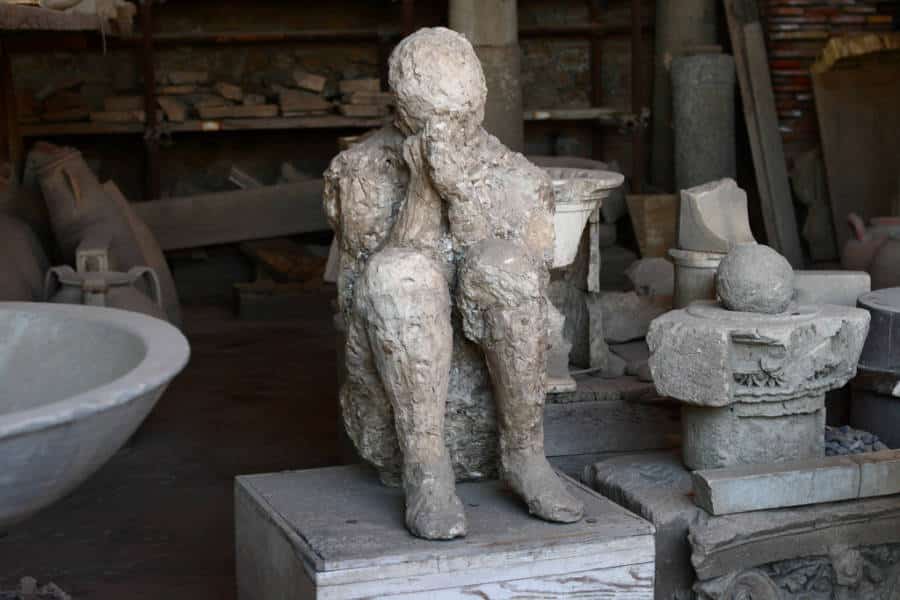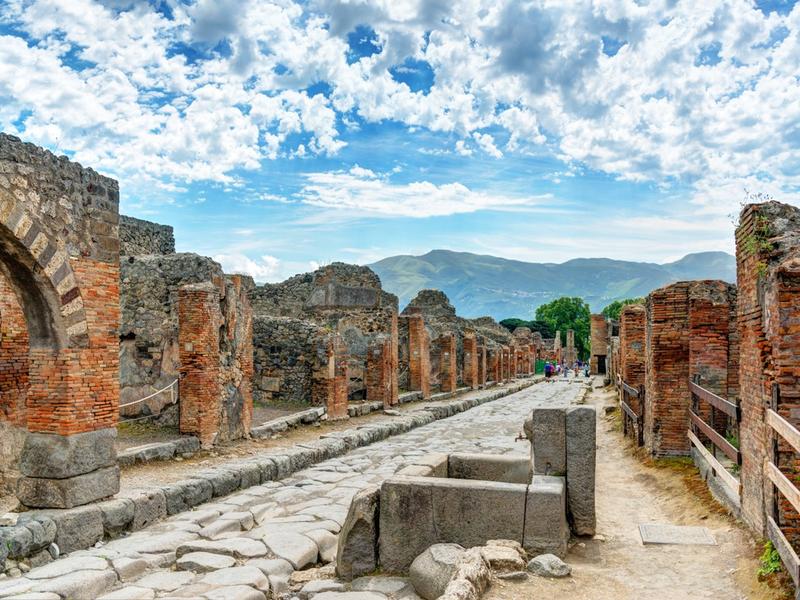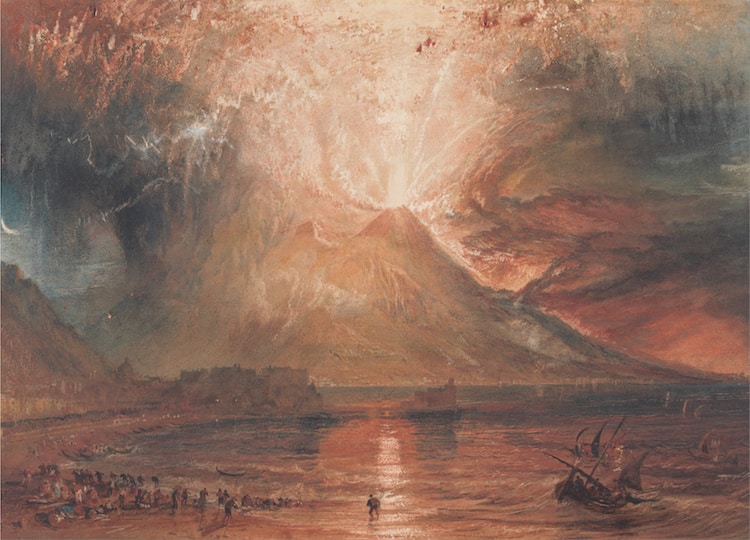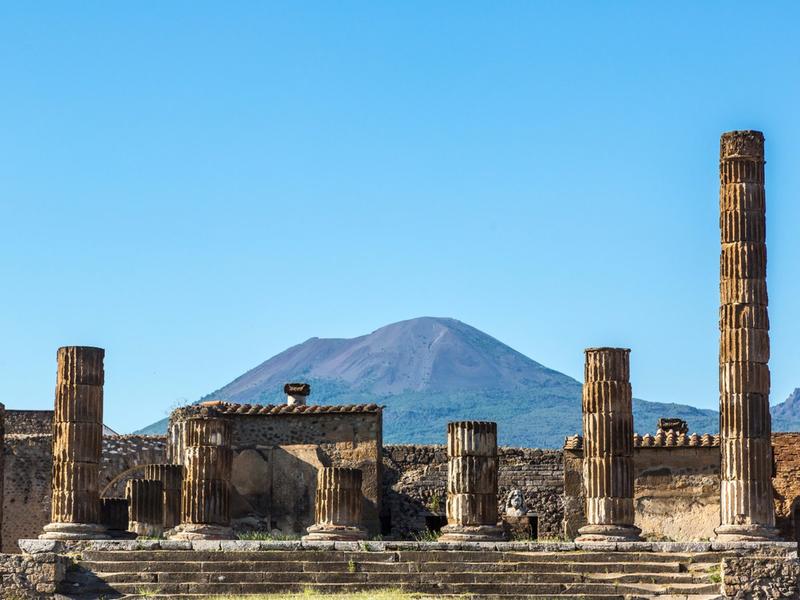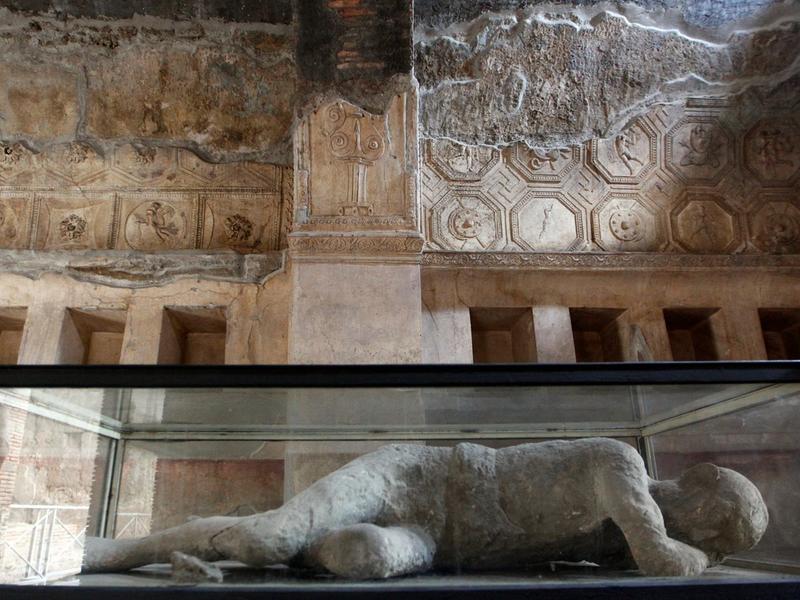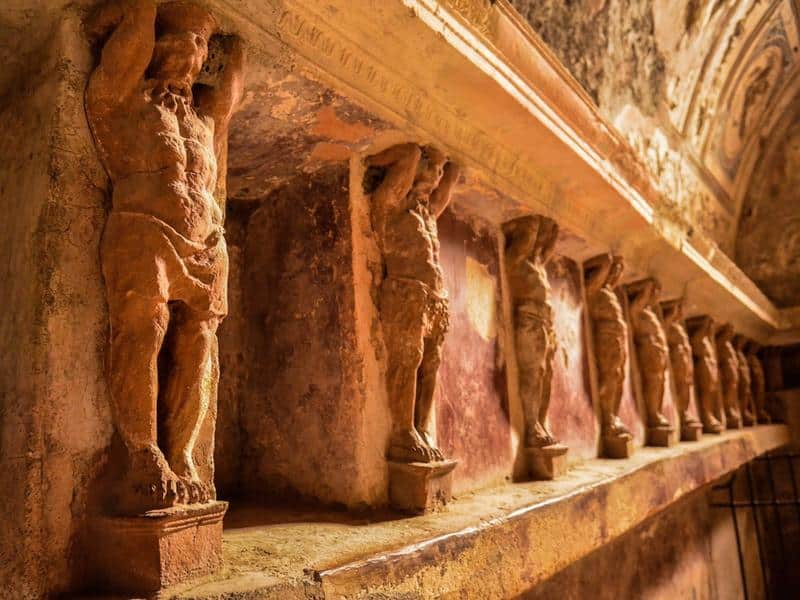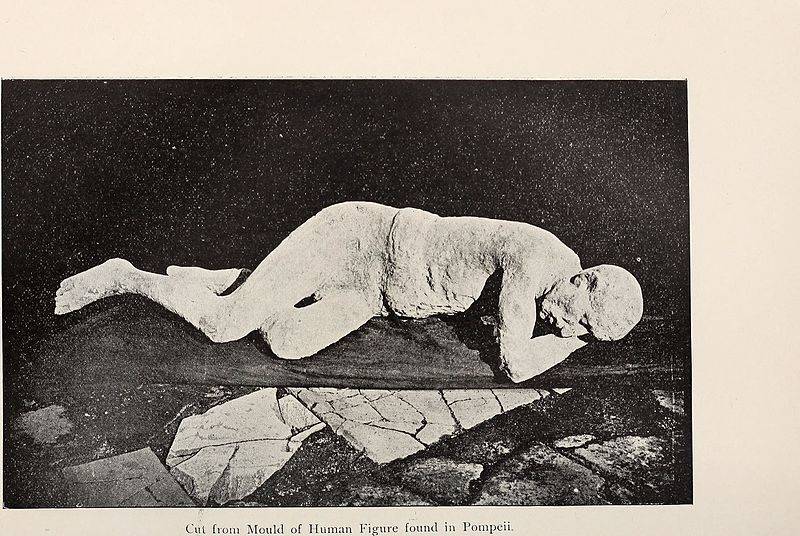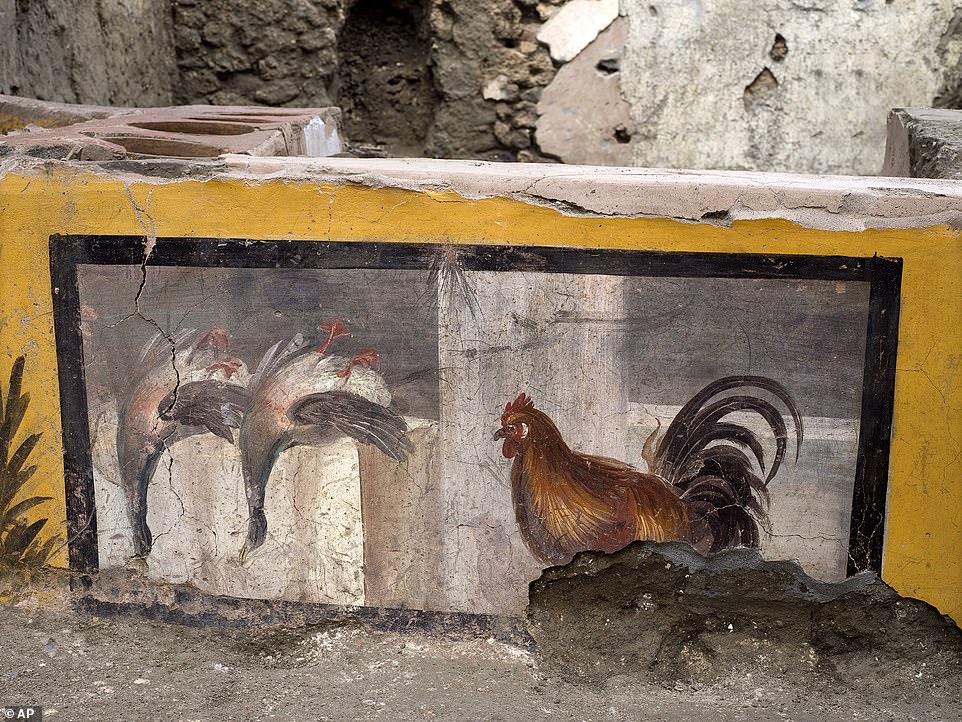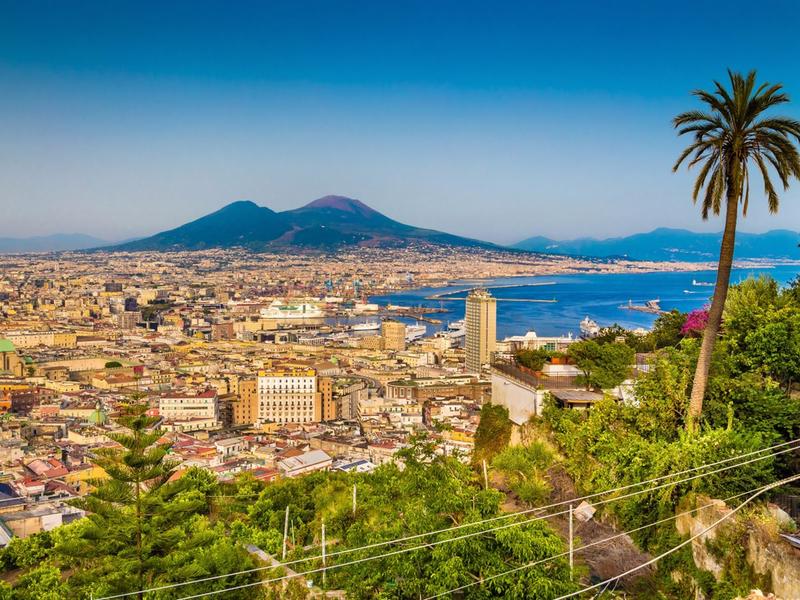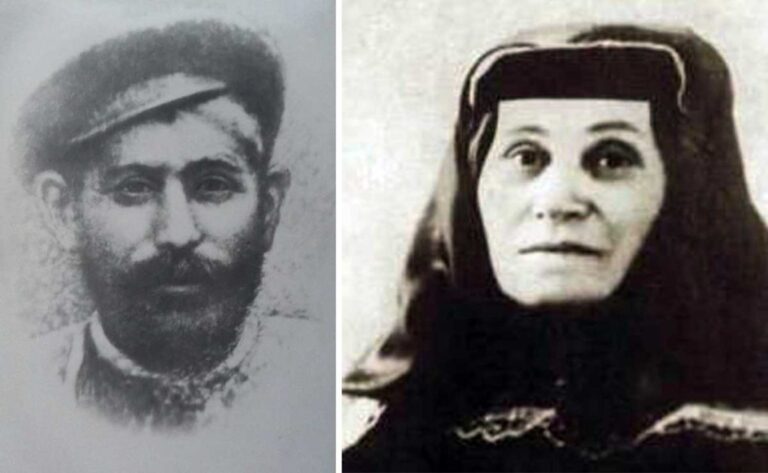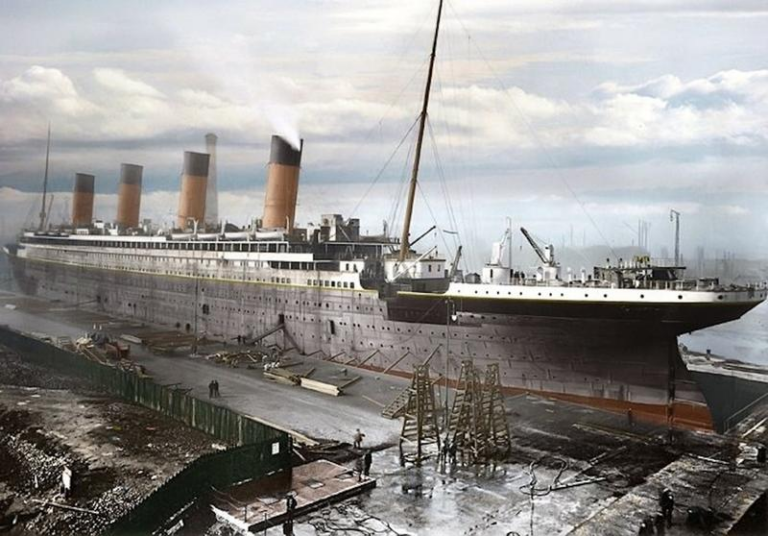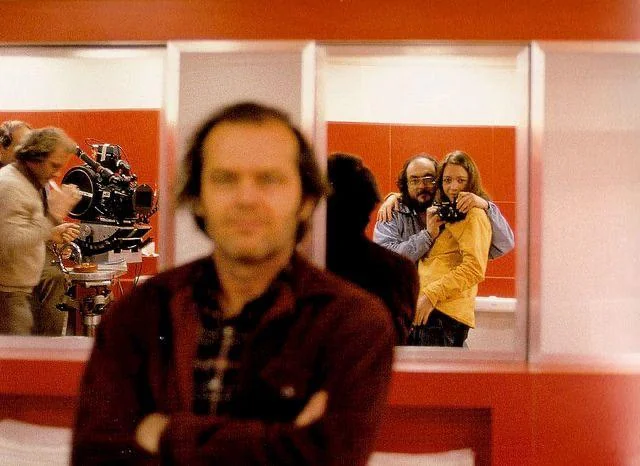Photos of Pompeii Show What Ancient Roman Life Was Like
The Historical Significance of Pompeii
Overview of the Eruption of Mount Vesuvius
The catastrophic eruption of Mount Vesuvius was a pivotal event that reshaped the landscape of the region and preserved a unique snapshot of Roman life. On that fateful day in August, the volcano released a deadly cloud of stones, ashes, and fumes, reaching a height of 33 kilometers (20.5 miles). The ash blanketed Pompeii and neighboring cities, creating a protective layer that preserved buildings, objects, and even the bodies of its citizens.
“The destruction of Pompeii was not just a tragedy but also a profound gift to humanity, allowing us to understand the intricacies of ancient life.”
Discovery and Excavation of Pompeii
The rediscovery of Pompeii in the 16th century and subsequent excavations starting in the mid-18th century have provided a wealth of information about Roman civilization. Archaeologists uncovered a city remarkably intact, with homes, shops, public baths, and even graffiti preserved in the ash. These excavations have allowed us to glimpse into the daily routines and cultural practices of the Romans, shedding light on their social structures and daily activities.
Daily Life in Ancient Pompeii
Life in Pompeii was vibrant and complex, reflecting the values, customs, and practices of ancient Roman society. Understanding the daily life of its citizens offers crucial insights into their culture and social dynamics.
Social Structure and Class Divisions
Pompeii’s society was hierarchical, consisting of several classes ranging from the wealthy elite to the working class. The patricians owned large estates and enjoyed a life of luxury, while the plebeians made up the working class, often engaging in trades, crafts, and agriculture.
- Patricians: Wealthy landowners and influential figures in politics.
- Plebeians: Common citizens, including laborers, merchants, and artisans.
- Slaves: Often used for labor in households and businesses, they had no rights and were considered property.
This social stratification played a vital role in shaping the community’s dynamics, influencing everything from politics to daily interactions.
Common Occupations and Economic Activities
The economy of Pompeii was diverse, with many residents engaged in various trades and services. Key occupations included:
- Merchants: Traders who sold goods such as wine, olive oil, and textiles.
- Artisans: Skilled workers who crafted pottery, jewelry, and furniture.
- Farmers: Those who cultivated the fertile land surrounding the city, producing grains, fruits, and vegetables.
The bustling markets and shops were central to daily life, where people gathered to buy and sell goods, socialize, and exchange ideas. The vibrancy of the local economy is evident in the artifacts unearthed from the site, which reveal the extent of commercial activity.
Architectural Features of Pompeii
Pompeii’s architecture reflects the ingenuity and artistic talent of the Romans. The city was laid out in a grid pattern, featuring a variety of structures that served both practical and aesthetic purposes.
Residential Buildings and Villas
The homes of Pompeii varied greatly, from simple one-room houses to elaborate villas complete with gardens and decorative frescoes. The insulae, or apartment buildings, housed the lower classes and were often crowded, while the wealthier citizens enjoyed spacious villas adorned with intricate designs.
Key Features of Roman Homes:
- Atriums: Central courtyards that provided light and air, often decorated with fountains.
- Gardens: Private spaces filled with plants and flowers, showcasing the owner’s wealth and taste.
- Frescoes: Stunning wall paintings that depicted mythological scenes, landscapes, and daily life.
These architectural elements not only highlight the aesthetic sensibilities of the Romans but also provide insight into their lifestyle and values.
Public Spaces: Forums and Temples
At the heart of Pompeii were its public spaces, which played a crucial role in community life. The Forum served as the city’s main square, a bustling area for commerce, politics, and social gatherings.
- Temples: Structures dedicated to various gods, reflecting the spiritual beliefs of the Romans.
- Bathhouses: Public baths that were central to social life, where citizens would gather to relax and socialize.
These public spaces were designed to facilitate interaction among the citizens, demonstrating the importance of community in Roman culture.
Art and Culture in Pompeii
Art and culture flourished in Pompeii, with many aspects of daily life captured through visual representation. The frescoes and mosaics found throughout the city provide valuable insights into the aesthetic preferences and cultural practices of its inhabitants.
Frescoes and Mosaics: Visual Storytelling
The walls of Pompeii are adorned with frescoes and mosaics that tell stories of mythology, daily life, and the natural world. These artworks serve as historical documents, offering glimpses into the beliefs and values of the Roman people.
- Frescoes: Vibrant paintings created on wet plaster, often depicting mythological themes and everyday scenes.
- Mosaics: Intricate designs made from colored stones and glass, used to decorate floors and walls.
The Role of Theaters and Entertainment
Entertainment was a vital aspect of Roman life, and Pompeii boasted several theaters and amphitheaters. These venues hosted various performances, including plays, gladiatorial contests, and musical events.
The presence of these entertainment spaces reflects the cultural importance of leisure and the arts in Roman society, providing an avenue for expression and community engagement.
References
- Pompeii: The Eternal City
- The Eruption of Mount Vesuvius
- Daily Life in Pompeii
- Pompeii and the Roman Economy
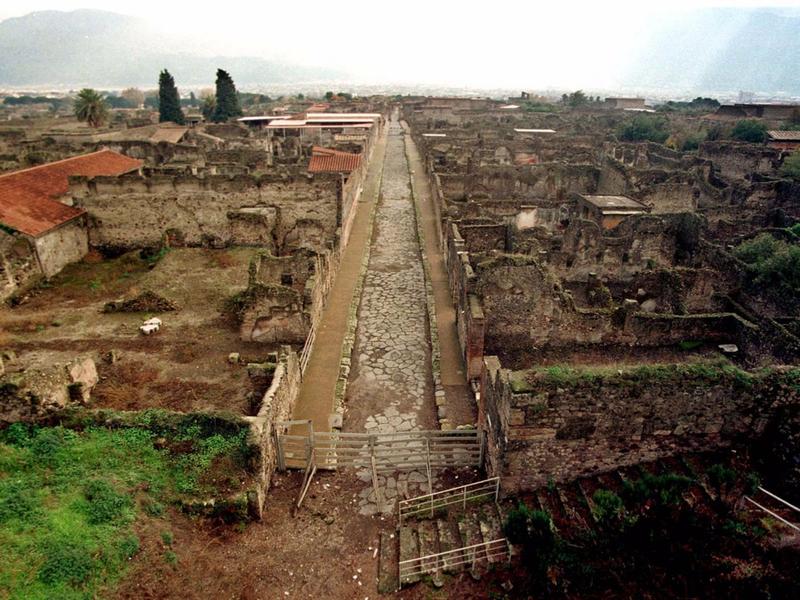
The Destruction of Pompeii
